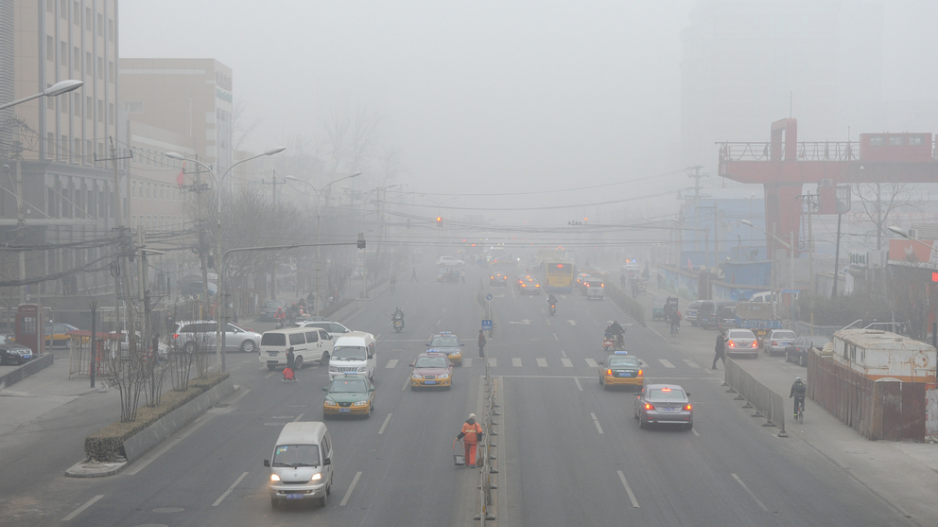In a new book, climate change author Tim Flannery says pricing and regulating carbon emissions aren’t going to cut it when it comes to slowing down the pace of global warming.
In addition to those measures, seemingly outlandish innovations like mining carbon from the sky and farming seaweed will need to be developed to “scrub” the existing carbon emissions from Earth’s atmosphere.
“We’ve been on a worst-case emissions trajectory for the last decade or longer, and that will have a consequence,” Flannery said in an interview with Business in Vancouver.
“That gas is already in the air, we know its chemistry, we know its physics, it’s very stable in the air. It’s not going to disappear by itself.
Flannery is the author of The Weather Makers, published in 2003; the book is widely cited as a key factor behind former B.C. Premier Gordon Campbell’s decision to champion a carbon tax. Experts say the revenue-neutral tax, which was implemented in 2008, has lowered emissions in this province.
Flannery, whose new books is called Atmosphere of Hope: Searching for Solutions to the Climate Crisis, says putting a price on carbon is still important, as are government regulations that restrict greenhouse gas-emitting industries like coal-fired power plants.
But governments and investors will also need to make an effort to advance what Flannery has termed “third way” technologies to take carbon out of the atmosphere. If not removed, that carbon will stay in the air for the next thousand years and continue to increase global temperatures.
“We know in 2050 what the problem is we’re going to have to solve: it’s the stuff we’ve already put into the air,” Flannery said. “Even if we stopped all emissions today, earth would still warm by 1.5 degrees courtesy of that greenhouse gases that are in the air.”
Those technologies include relatively old-fashioned measures like reforestation, but also early-stage innovations like cement that absorbs and sequesters carbon rather than generating the massive carbon emissions produced by conventional cement production. He mentioned a company that has developed a way to capture carbon from the air and turn it into carbon fibre, while others are developing ways to turn carbon into fuel or plastics.

While the B.C. government is focused on developing a liquefied natural gas industry (LNG) and Ministry of the Environment Mary Polak has described LNG as a way to transition countries away from dependence on coal, Flannery advised B.C. to “hedge your bets.”
“[You’re assuming] gas is going to be competitive with renewables for the next 30 years, but if you are in China like my friends who are madly building wind turbines and solar, they think that the bridge is more like three years long,” he said.
While Flannery is known for putting the problem of climate change into stark focus in The Weather Makers, the Australian scientist said he is more hopeful today even as climate change conditions worsen.
“We’ve seen the International Energy Agency release figures saying that effectively the global economic growth has decoupled from emissions growth [in 2014], and that’s incredible – that’s happened many years before we thought it would happen,” he said. “That’s one big cause for hope.”
Global climate talks in Copenhagen in 2009 were largely seen as a failure, but Flannery believes the upcoming conference in Paris this December could actually slow the pace of warming that is already causing historic droughts, more frequent catastrophic storms and projected sea level rise. All of those conditions are expected to continue and worsen with a 1.5 degree rise in temperature.
“I think that Paris has already been a success, as opposed to Copenhagen,” he said. “People have already put their pledges on the table. We know what countries are promising. If we just take a kind of middle-of-the-road approach to other issues that are still outstanding and we know what’s already is existing, I think what Paris will do is put us on a trajectory for 2.7 degrees warming by the end of the century rather than four degrees, which we’re currently on, so that’s a huge step forward but clearly insufficient.
“No single meeting is going to get us below two degrees.”
@jenstden




